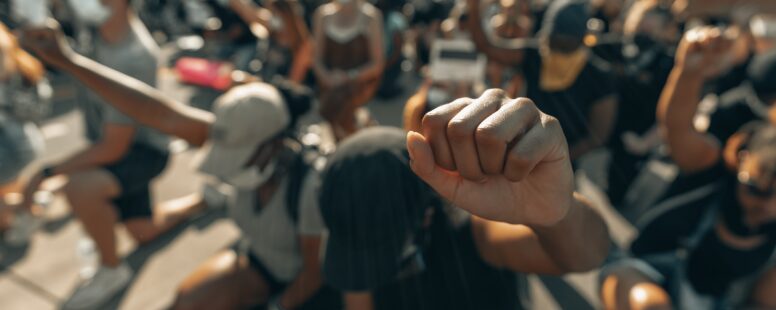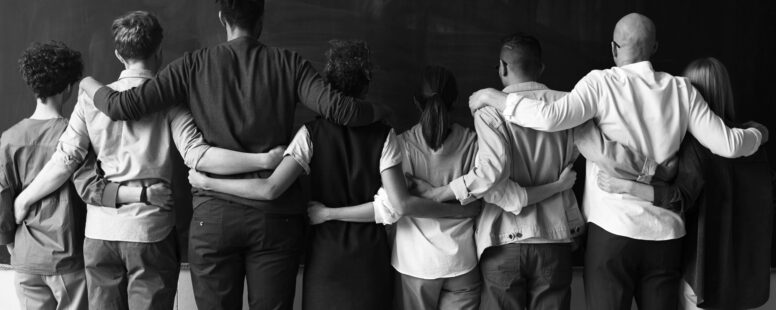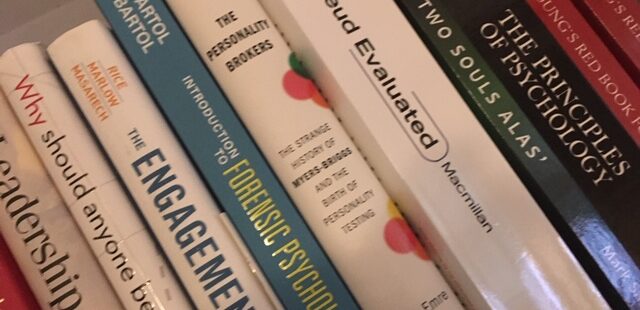5 Tips for Being Inclusive in the Workplace
Our vocabularies and mental models are well-formed, often without realizing the biases that are built in. As a result, it is easy to unconsciously offend or exclude others.

Our vocabularies and mental models are well-formed, often without realizing the biases that are built in. As a result, it is easy to unconsciously offend or exclude others.

Every day, we experience, see, or learn more about inequalities, injustice, flaws in human relations, racism, equity, and our hallmarks of governing.

“Knowledge is only power if knowledge is put to the struggle for power. Changing minds is not a movement. Critiquing racism is not activism. Changing minds is not activism. An activist produces power and policy change, not mental change. If a person has no record of power or policy change, then that person is not an activist.” Kendi, 2019, How to

Diversity, equity, inclusion and justice are not new. The challenges of each have been present since (dare I say) the beginning of time. Thank goodness, that today there is a heightened awareness of the need to consciously, intentionally and proactively work to be inclusive, appreciate and leverage diversity, practice equity, and seek justice. Many social identities—e.g., race, gender, sexual orientation, religion,

I am a bibliophile. But it wasn’t until my junior year of high school that I actually fell in love with reading. I’m not quite sure what happened to prompt the shift. Perhaps it was the first time I remember a friend and me reading and talking about the same book. Or, perhaps it was my 11th grade English teacher inspiring